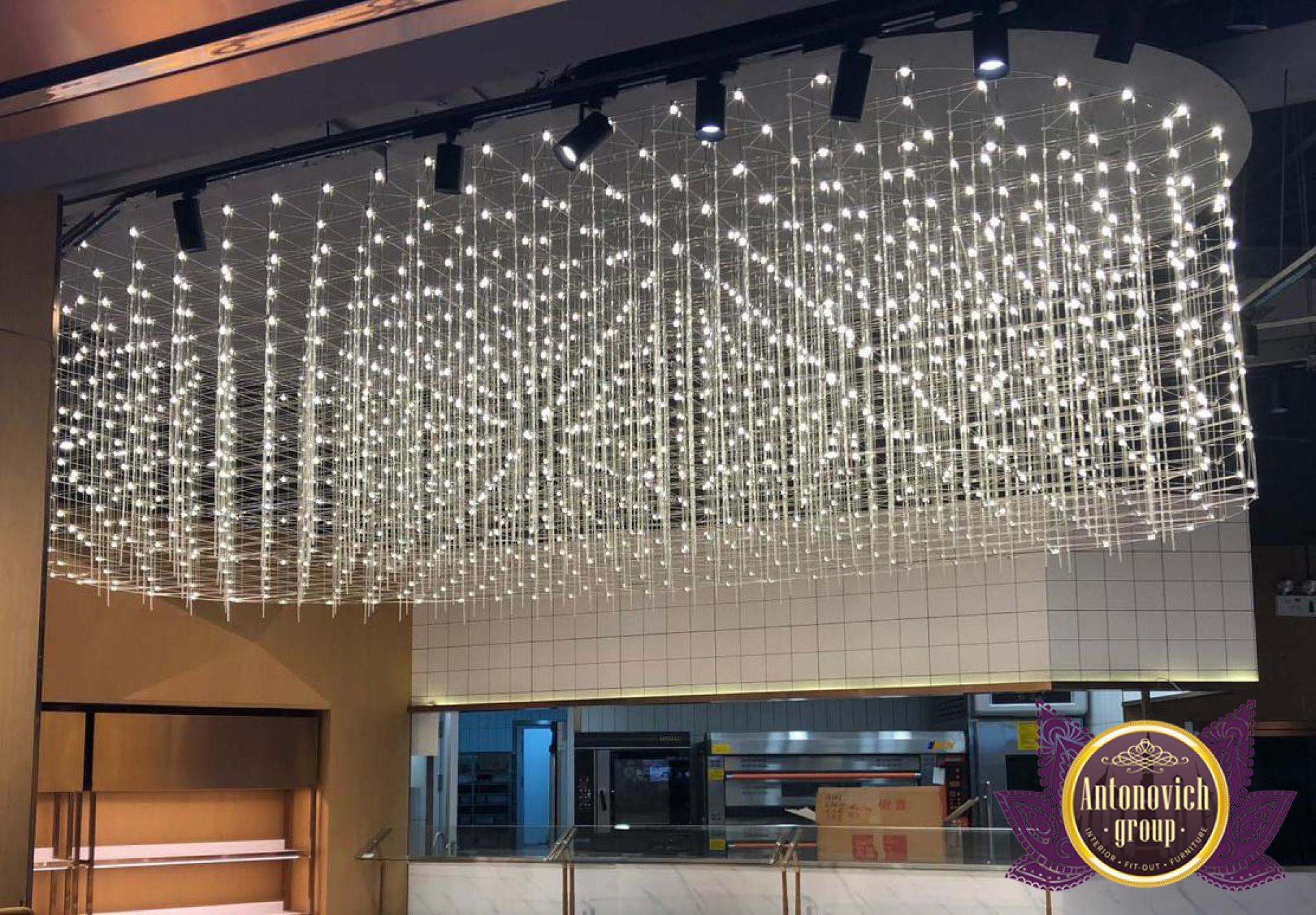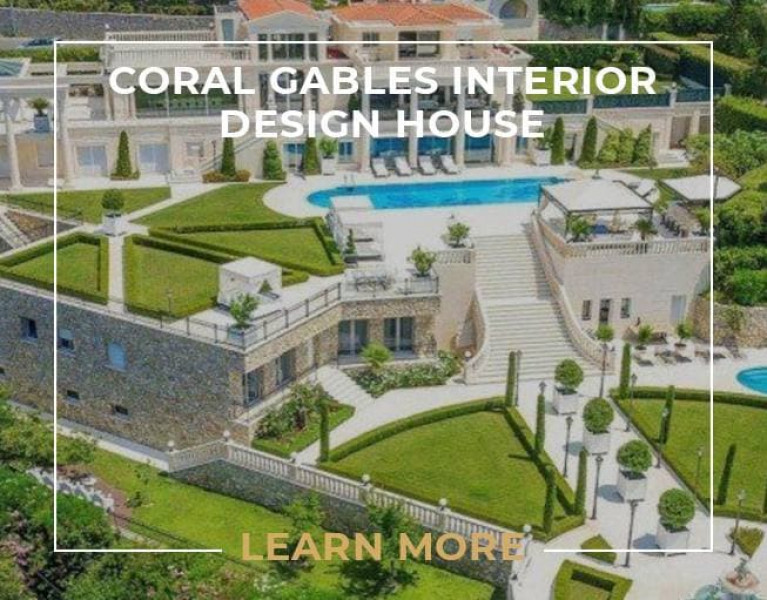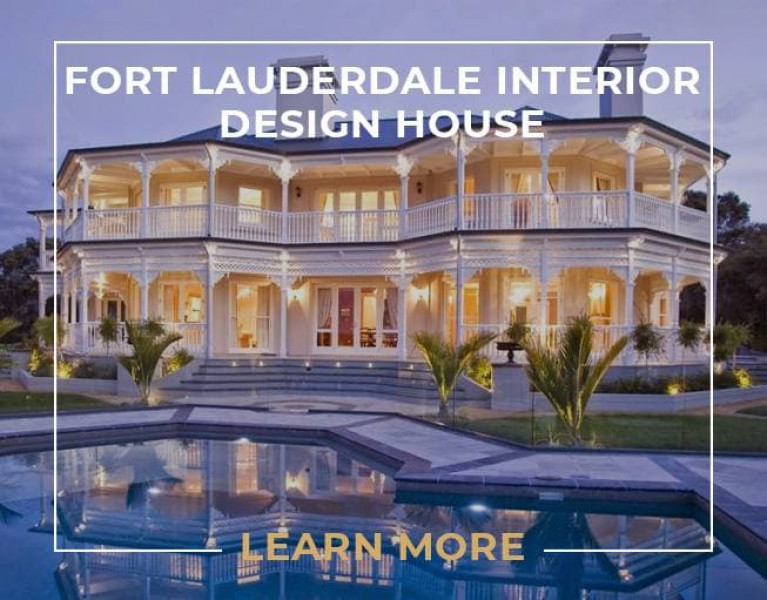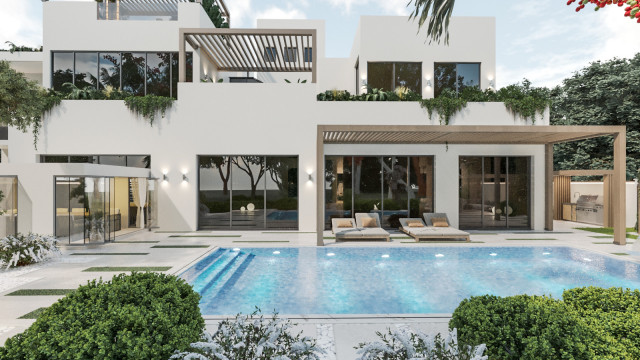LIGHTING DESIGNS FOR LUXURY HOMES
A feasible home design known as a "smart home" allows for internet-based remote control of gadgets and appliances from any location using a smartphone or other networked device. The equipment in a smart home is connected via the internet, allowing users to control elements like temperature, lighting, security access, and home entertainment systems from a distance. A single hub, such as a smartphone, tablet, laptop, or game console, serves as the central access point for all of the appliances in a smart home. Door locks, televisions, thermostats, home monitors, cameras, lights, and even appliances like the refrigerator may all be controlled by a single home automation system. The system, which is placed on a mobile device or another networked device, allows the user to specify the times at which particular modifications should take effect.
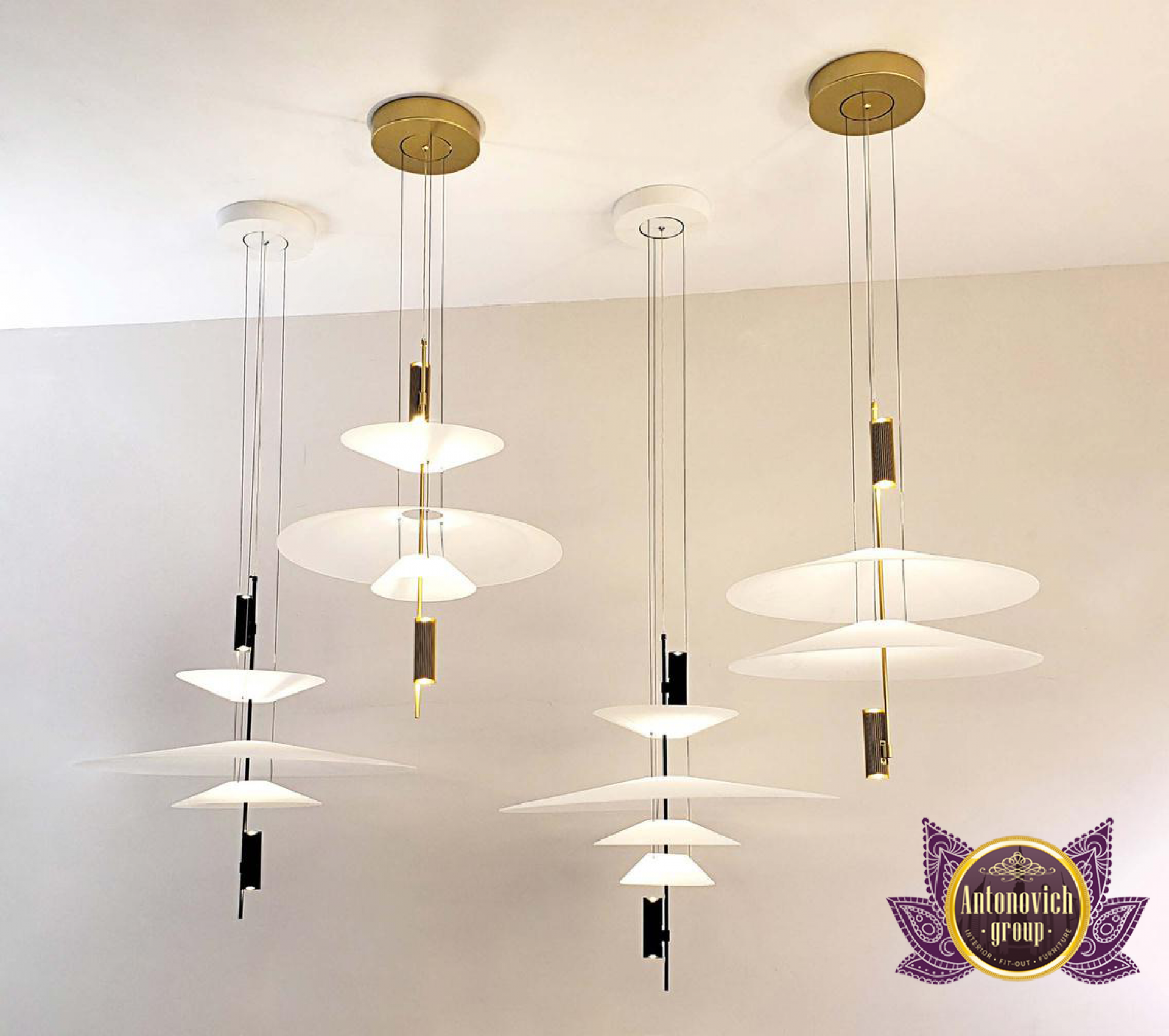
Smart home appliances have the ability to learn for themselves, figuring out the schedules of the owner and making adjustments as needed. Residents of smart homes can reduce their electricity usage and energy consumption by adopting lighting control. Some home automation systems may sound an alarm when the owner is away from the property, while others can alert the police or fire service in case of an emergency. Smart houses can use wireless and hardwired technology, as well as both. Wireless systems are easier to set up. It is an extremely cost-effective choice to install a wireless home automation system, which can cost several thousand dollars.
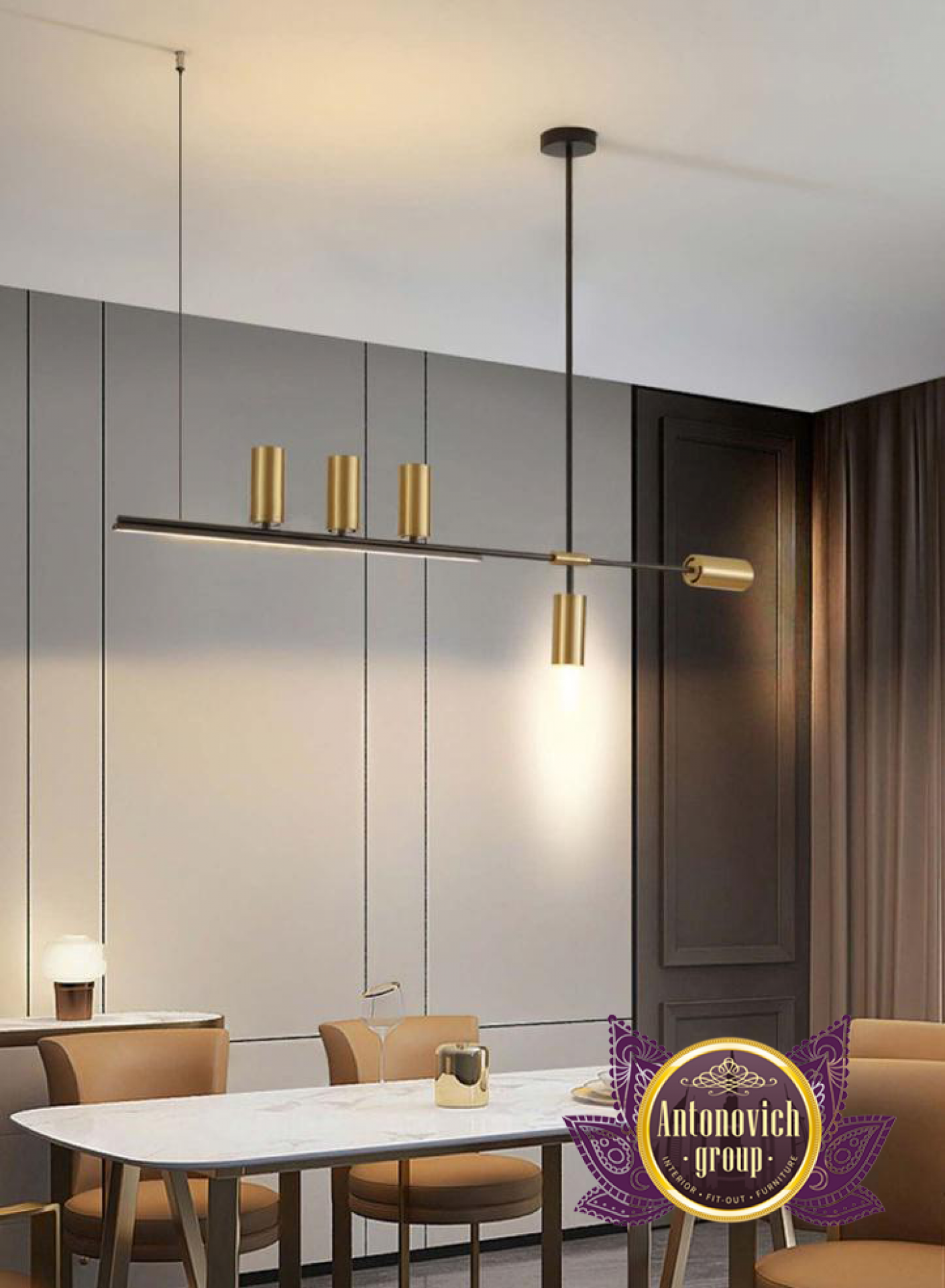
Smart lighting, climate management, and security are some of their advantages. Thanks to smart home products, there is now more control over heating equipment, including the ability to schedule when things are turned on, off, and managed. Smart products may come with temperature or humidity sensors that may turn on or off automatically if certain circumstances are met. In this group of smart home innovations are air conditioners.
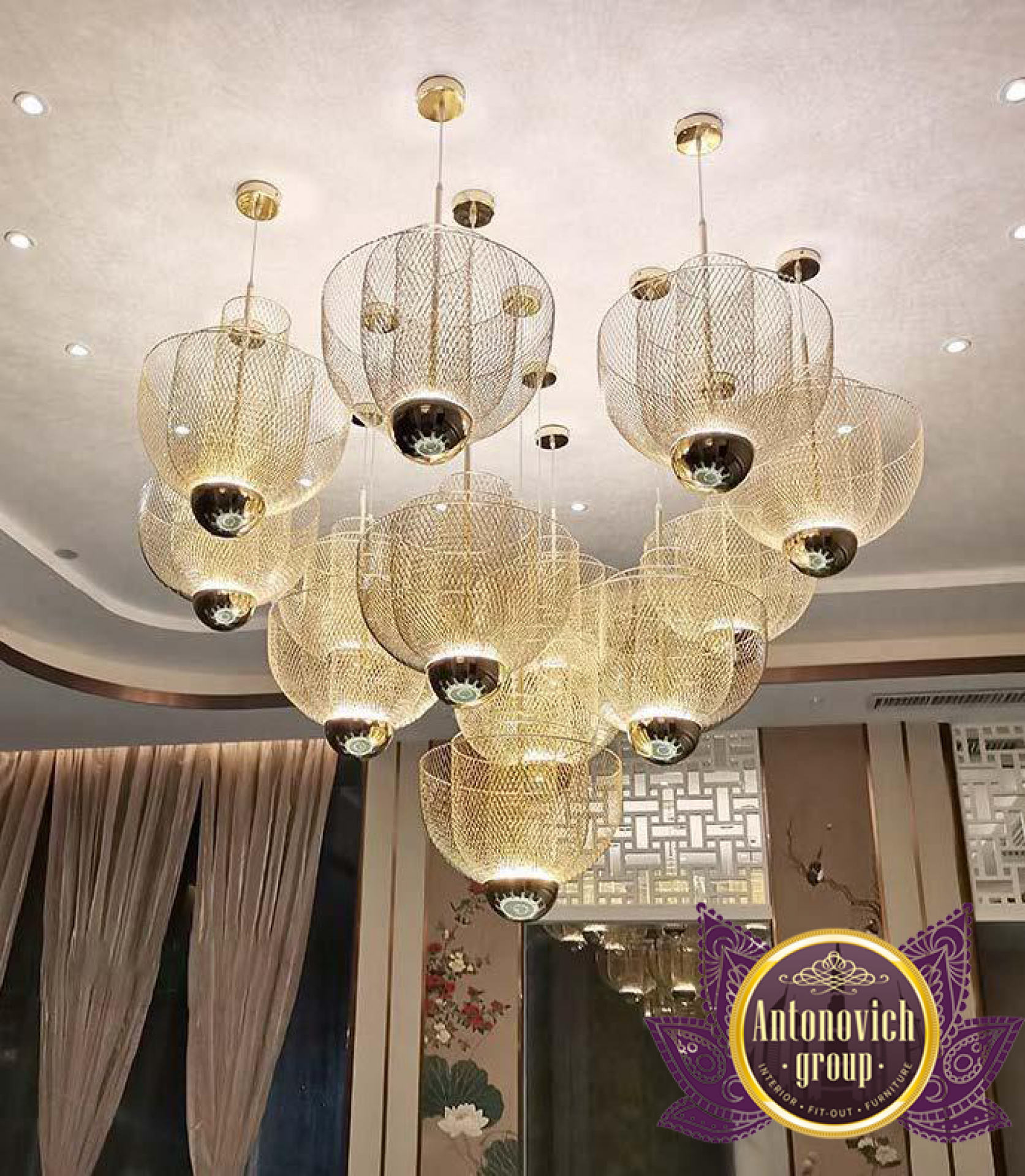
Homes may now function better thanks to lighting products, sometimes with the help of a mobile phone, tablet, or product-specific remote. Like other more conventional goods, lights may frequently be set up to alter based on motion. Smart lights with Wi-Fi connectivity may communicate with one another and provide measurements or data to your phone. Dimmers or smart home lighting controls may also fall under this lighting category. Installing automated blinds with dawn closing schedules is a possibility. On the other hand, electronic draperies provide customers with the ability to operate their blinds using a handheld device. One of the most exciting characteristics is how many entertainment devices are now closely connected to one another and can be controlled by a single remote.

Speakers and televisions can now play material on demand, as well as be voice-controlled or kept on a schedule, thanks to software. One of a smart home's most obvious characteristics is its enhanced security measures. These days, a lot of objects come with cameras that can capture video, watch motion, or stream live video. This might be set up to appear at specific spots on your property or timed to a ringing doorbell. These records might allow audio-capable video calling with the individual at your door. Many smart homes also have modern security kits installed. This comprises home surveillance, the capability to remotely lock doors or windows using a phone, notifications, and warnings of suspected activity, and motion sensor detectors.
